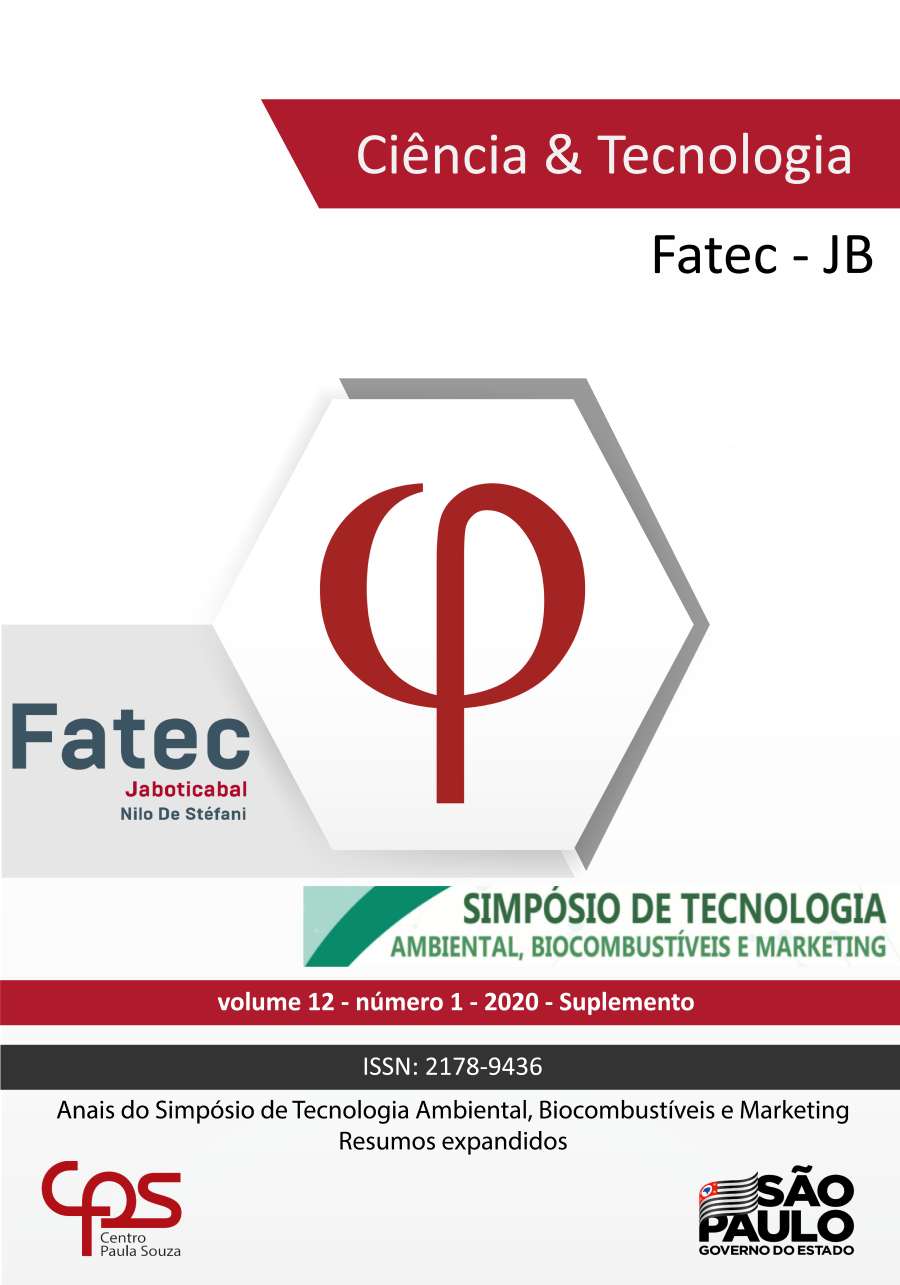USE OF LOW LIGHT INTENSITY IN MICROALGAE IN VINASSE
DOI:
https://doi.org/10.52138/sitec.v11i1.162Keywords:
Selenastrum bibrainum, Biofuels, Growth of algae, BiomassAbstract
Biofuels have gained space in the Brazilian energy scenario, and as microalgae they stand out with great potential for the production of biodiesel or other biofuels, as they have much higher productivity as terrestrial agricultural crops. Microalgae can be grown in vinasse to produce biodiesel, contributing efficiently to the treatment of wastewater, reducing the cost of culture medium, saving fresh water and reducing eutrophication in water bodies. Technological innovations have been used to reduce demand and improve energy recovery in search of energy sustainability and human activities on the planet for future generations. The objective of this work is to cultivate a microalgae Selenastrum bibrainum in a culture medium composed of vinasse under conditions of low light intensity (300 Lux). The experiment was conducted in a completely randomized design with five vinasse (0; 2.5; 5; 7.5 and 10% vinasse) with four replications. A Selenastrum bibrainum microalgae can be grown in medium with vinasse. The best concentration found for 7.5% vinasse.
References
BAUMGARTNER, T.R.S.; BURAK, J.A.M.; KOGIKOSKI, M.E.; SEBASTIEN, N.Y.; ARROYO, P.A. Avaliação da produtividade da microalga Scenedesmus acuminatus (Lagerheim) Chodat em diferentes meios de cultivo. R. bras. Bioci., Porto Alegre, v. 11, n. 2, p. 250-255, 2013.
CARRILLO-REYES, J.; BARRAGÁN-TRINIDAD, M.; BUITRÓN, G. Biological pretreatments of microalgal biomass for gaseous biofuel production and the potential use of rumen microorganisms: A review. Algal Research, v. 18 n.1 p. 341-351, 2016.
DEFANTI, Leonardo S. et al. Produção de biocombustíveis a partir de algas fotossintetizantes. Revista de Divulgação do Projeto Universidade Petrobras e If Fluminense, Rio de Janeiro, p.11-21, nov. 2010.
FRANCO, S.L.C.; LÔBO, I.P.; CRUZ, R.S.; TEIXEIRA, C.M.L.L.; ALMEIDA NETO, J.A.; MENEZES, R.S. Biodiesel de microalgas: avanços e desafios. Quim. Nova, Vol. 36, No. 3, 437-448, 2013.
GUILLARD, R.R.L. & LORENZEN, C.J., 1972.Yellow Green algae with chlorophyllid-c. Journal of Phycology, vol. 8, no. 1, pp. 10-14. http://dx.doi. org/10.1111/j.1529-8817.1972.tb03995.x.
LÓIO, D. A. (2013). Tratamento físico-químico de vinhaça por coagulação, floculação e sedimentação e seu aproveitamento no cultivo da microalga Chlorella vulgaris visando a produção de biocombustível. Dissertação de doutorado. Universidade de São Paulo (USP). São Carlos / SP, 103 p. MENEZES, R.S. Estudo do potencial de microalgas dulcícolas como matéria-prima para a cadeia de produção de biodiesel. Tese (Doutorado) - Universidade Federal de Goiás, Programa de Pós-Graduação em Ciências Ambientais, Goiânia, 2015. 173p.
SCAIFE, M.A. MERKX-JACQUES, A. WOODHALL, D.L. ARMENTA, R.E. Algal biofuels in Canada: Status and potential, Renew. Sustain. Energy Rev. v. 44, 620. 2015.
UDAETA, M. E. M., BAITELO, R. L., BURANI, G. F., GRIMONI, J. A. B. Comparação da produção de energia com diesel e biodiesel analisando todos os custos envolvidos. GEPEA-USP, 2004.
Downloads
Published
How to Cite
Issue
Section
License
Copyright (c) 2021 Ciência & Tecnologia

This work is licensed under a Creative Commons Attribution 4.0 International License.


